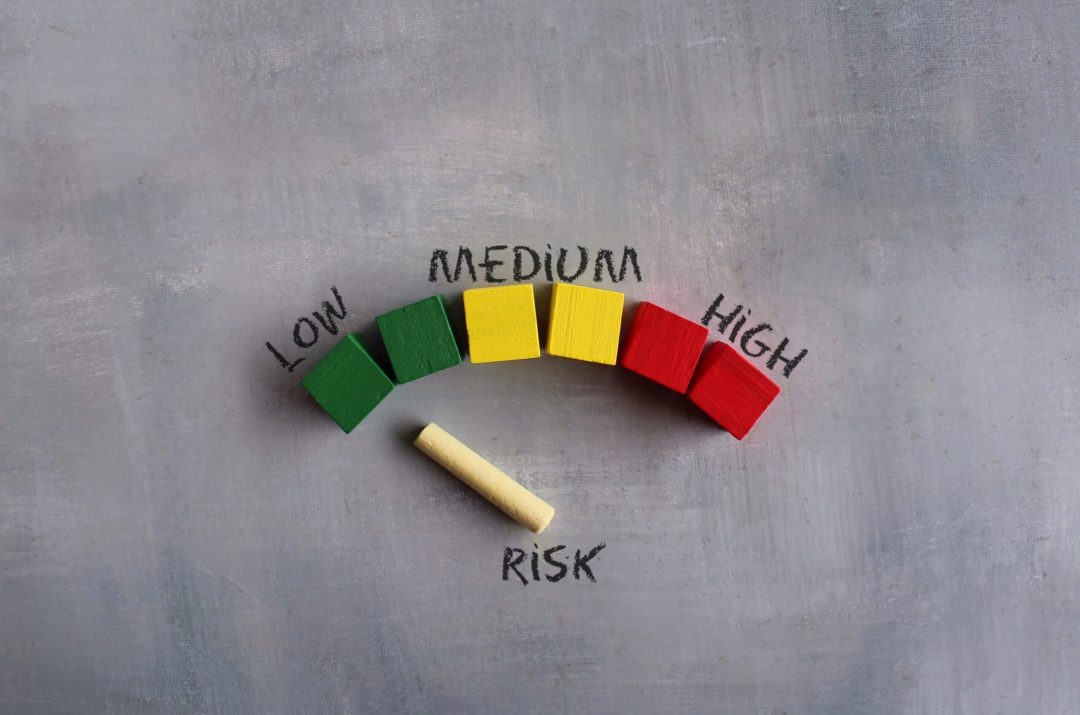About Our Stress Testing Services
TestPros’ stress testing services are designed to push your systems to their limits, identifying potential failures before they impact your operations. Our expert team utilizes advanced methodologies in load testing, performance testing, and tailored test scenarios to deliver robust results. With fully managed services, we handle everything from test scripts to detailed testing reports, giving you the insights needed to optimize your systems.
Service Overview
- Comprehensive Testing Approach: Our stress testing services encompass a holistic approach, integrating load testing and performance testing to evaluate your systems under various test scenarios. We tailor each test to meet your specific needs, ensuring accurate and actionable results.
- Custom Test Scenarios: We develop custom test scenarios and scripts that replicate real-world conditions, enabling us to uncover potential weaknesses in your system’s architecture. Our approach ensures thorough coverage of all critical components.
- Detailed Testing Reports: After performing stress testing, we provide detailed testing results and reports that offer clear insights into system performance under duress. These reports include actionable recommendations to help you mitigate risks and enhance system stability.
- Fully Managed Services: TestPros offers fully managed stress testing services, taking the complexity out of performance testing. From initial setup to final reporting, our team handles every aspect of the testing process, allowing you to focus on your core business operations.
We Are Here To Assist You
By submitting this form, you consent to TestPros, Inc. storing and processing your information to provide the requested services and communications. Privacy Policy
Certified &
Independent
Our Approach to Stress Testing
1
Initial Consultation & Requirement Analysis:
We begin by conducting an in-depth consultation with your team to understand the specific goals and challenges of your system. This phase involves gathering detailed information about your system architecture, expected user load, and critical performance metrics. By aligning our stress testing strategy with your business objectives, we ensure that our approach is tailored to identify the most relevant potential risks and performance bottlenecks.
2
Designing Test Scenarios & Scripts
Our experienced engineers craft custom test scenarios and scripts that accurately simulate the most demanding conditions your system might encounter. This involves analyzing your system’s traffic patterns, usage spikes, and historical data to create realistic scenarios. For instance, if your system is an e-commerce platform, we might design test scenarios that replicate Black Friday-like conditions, where user traffic and transaction volumes are significantly higher than usual. These scripts are meticulously designed to push every aspect of your system—servers, databases, and application layers—to their limits.
3
Environment Setup & Load Simulation
In this step, we create a controlled testing environment that closely mirrors your production setup. This involves configuring servers, networks, and databases to ensure that the testing conditions are as realistic as possible. We then simulate various load conditions, such as peak user traffic, to understand how your system responds under pressure. For example, we might simulate a sudden influx of thousands of concurrent users accessing your application simultaneously. This phase also includes integrating load testing and performance testing tools, such as JMeter or LoadRunner, to measure key performance indicators like response time, throughput, and system resource utilization.
4
Execution of Stress Tests
With the environment and scenarios in place, we proceed to execute the stress tests. During this phase, we closely monitor system performance in real-time, paying attention to critical factors such as response times, error rates, and resource consumption. Our goal is to identify the exact point at which your system begins to degrade or fail, providing invaluable insights into its breaking points. For instance, we might observe how your system handles a massive spike in user registrations or a database-intensive operation, identifying whether it can maintain performance or if it crashes under the load.
5
Analysis & Reporting of Results
Following the execution of the stress tests, our team conducts a thorough analysis of the data collected. We compile detailed testing reports that highlight key findings, such as specific components that failed under stress, potential bottlenecks, and areas where performance can be improved. These reports are not just technical summaries; they include actionable recommendations tailored to your system’s architecture and business needs. For example, if the testing reveals that your database cannot handle the projected load, we might recommend optimizing queries, increasing server capacity, or implementing a more scalable database solution.
6
Post-Test Support & Optimization
After delivering the testing reports, we don’t just leave you with the findings. Our team provides ongoing support to help you implement the suggested optimizations and monitor their effectiveness. We work closely with your developers and IT staff to ensure that the recommended changes are successfully integrated into your system. Additionally, we offer follow-up testing to validate the improvements and confirm that your system is now better equipped to handle high-stress conditions. This phase ensures that your system is fortified against future stressors and is prepared for any anticipated growth or unexpected traffic surges.
Trusted Clients






Key Benefits of Our Stress Tests

Proactive Risk Mitigation
By identifying potential failure points before they impact your operations, our thorough testing approach allows you to proactively address risks and avoid costly downtimes.

Enhanced System Performance
The detailed results we provide offer insights that help optimize your system’s performance, ensuring it can handle increased loads without compromising on speed or reliability.

Informed Decision-Making
The comprehensive reports we deliver empower your team with the data needed to make informed decisions about infrastructure upgrades and other critical investments.

Cost Saving
Investing in these tests helps prevent unexpected system failures, leading to significant cost savings by avoiding lost revenue and emergency repairs.

Scalability Assurance
Our testing process ensures that your system can scale effectively to meet growing demands, supporting your business as it expands and evolves.

Confidence in System Stability
With our rigorous testing, you can have peace of mind knowing that your systems will remain stable and functional, even under the most demanding conditions.
Frequently Asked Questions
What is stress testing in software testing?
Stress testing is a type of performance testing that evaluates how a system behaves under extreme conditions, such as high traffic or processing loads. The goal is to identify potential points of failure and ensure that your system can handle unexpected surges in demand without crashing or experiencing significant slowdowns. This is crucial for maintaining system reliability, especially during peak usage times or unexpected events.
What is the cost?
The cost of stress testing services can vary widely depending on the complexity of your system, the scope of the testing required, and the specific goals you have in mind. For example, stress testing a simple web application might cost between $5,000 and $10,000, which includes the design of test scenarios, execution of tests, and detailed reporting. On the other hand, for a more complex, multi-tiered enterprise system with extensive testing scenarios and deeper analysis, the cost could range from $20,000 to $50,000 or more. This range accounts for factors such as the number of test scenarios, the duration of testing, and the level of customization required. During our initial consultation, we assess your specific needs and provide a detailed, customized quote to ensure that the cost aligns with your budget and expectations.
How long does it take?
The duration of stress testing can vary depending on the complexity of your system and the scope of the tests. Generally, the process can take anywhere from a few days to several weeks. For instance, a straightforward web application might require only a few days of testing, while a complex, multi-tiered enterprise system could take several weeks. We work closely with your team to define the testing timeline during the initial consultation, ensuring that the process aligns with your project deadlines and business needs.
How is stress testing different from load testing?
While both stress testing and load testing assess system performance, they do so in different ways. Load testing examines how a system performs under expected load conditions—essentially testing the system’s capabilities under normal operating conditions. Stress testing, on the other hand, deliberately pushes the system beyond its normal limits to identify breaking points and assess its behavior under extreme stress. For example, load testing might simulate the number of users you expect during a typical busy period, while stress testing would push the system with far more users than expected to see how it holds up.
What tools do you use?
We employ a variety of industry-standard tools to conduct stress testing, each selected based on the specific requirements of your system. Popular tools we use include JMeter, LoadRunner, and Gatling, among others. These tools allow us to simulate various stress scenarios, monitor system performance in real-time, and gather detailed data on how your system responds to different levels of load and stress. We choose the tool that best fits your system’s architecture and the goals of the test.
What Challenges
Are You Facing?





